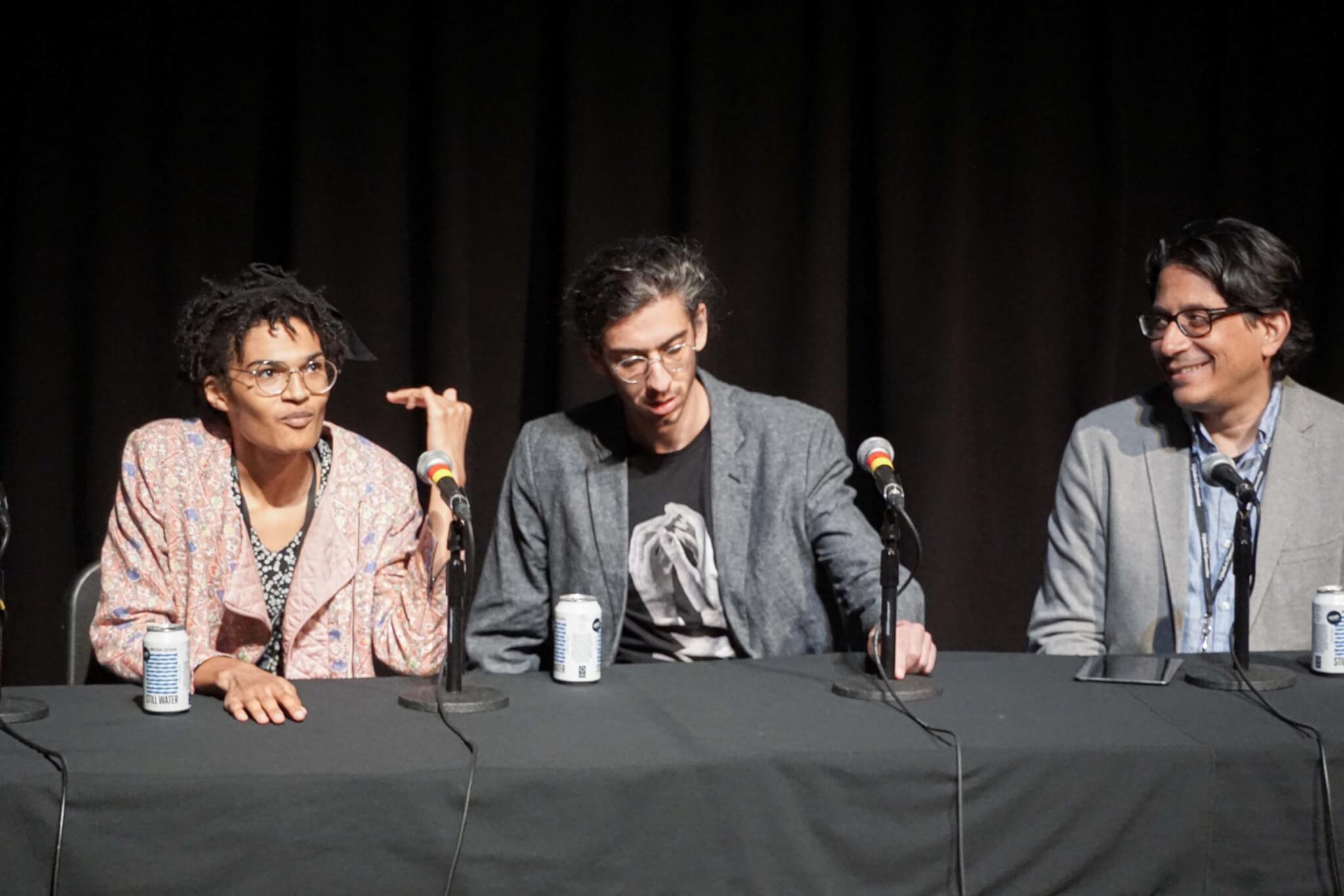Origins and Destinations Beyond Midjourney ∈ The Architect's Newspaper
Kyle Steinfeld
The "Origins and Destinations Beyond Midjourney" panel was reviewed in the November 11th edition of the Architect's Newspaper. The article by Davis Richardson is titled "2022 ACADIA conference, Hybrids & Haecceities, covers extra-disciplinary collaboration, the importance of tiny things, and the ethics of artificial intelligence".

The relevant section from the article:
AI, Ethics, and Inclusion
Artificial intelligence has been a building topic of research within the architectural discipline for at least the last five years, finally crescendoing this year during the Summer of Midjourney. ACADIA fittingly dedicated a veritable mini-conference on the subject on the final day of the proceedings. Multiple paper presentations described various applications of AI processes applied to design proposals—from discrete, self-assembling autonomous robots, Deep Relief’s Gabo-trained ruled surfaces, or purposely-misclassified objects which deter the surveillance state. Artists/software developer Chigozie Nri of Stability AI and Joel Simon of ArtBreeder gave a deeper understanding of how text-to-image (TTI) tools have developed to their current state, how they see them as particularly suited for artists and creative work, and what could come next. Antoine Picon and a closing panel featuring Picon, Sabin, Jamelle, Andrew Kudless, and Ferda Kolatan discussed the deeper implications of Midjourney and how AI might not only be implemented within architectural work but redefine the role of the architect in and of itself. Sabin pointed out that, as Nri and Simon presented, these TTI tools are both incredibly powerful but also incredibly accessible; most of the tools that have developed (Midjourney, Dall-E, Stable Diffusion, etc.) were the product of OpenAI’s groundbreaking open-source release of Contrastive Language-Image Pretraining (CLIP), which has allowed amateur programmers and developers outside the traditional centralized corporate research labs the ability to develop robust tools. For Simon, the promise of this open-source revolution is that “the next big thing… can come from relative outsiders.” Kudless built off this benefit as it pertains to architectural education, noting that with the proliferation of more (and more complex) softwares, it’s actually really hard for students to simply produce architecture today. What Kudless has already found promising with TTI tools with his students is that they can be used right away. Design ideas can be quickly tested, iterated, tweaked, scrapped without much time or labor, like a napkin sketch but with far more resolution.